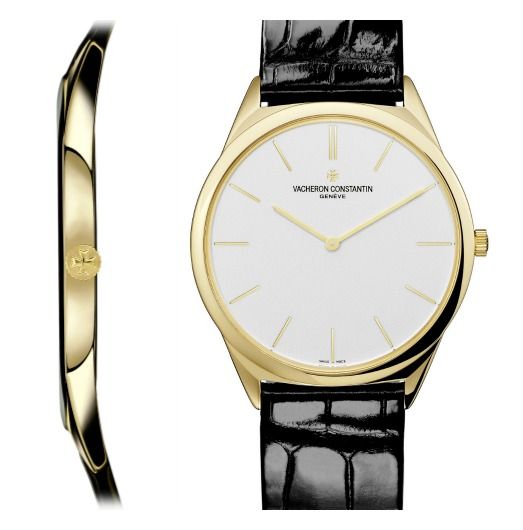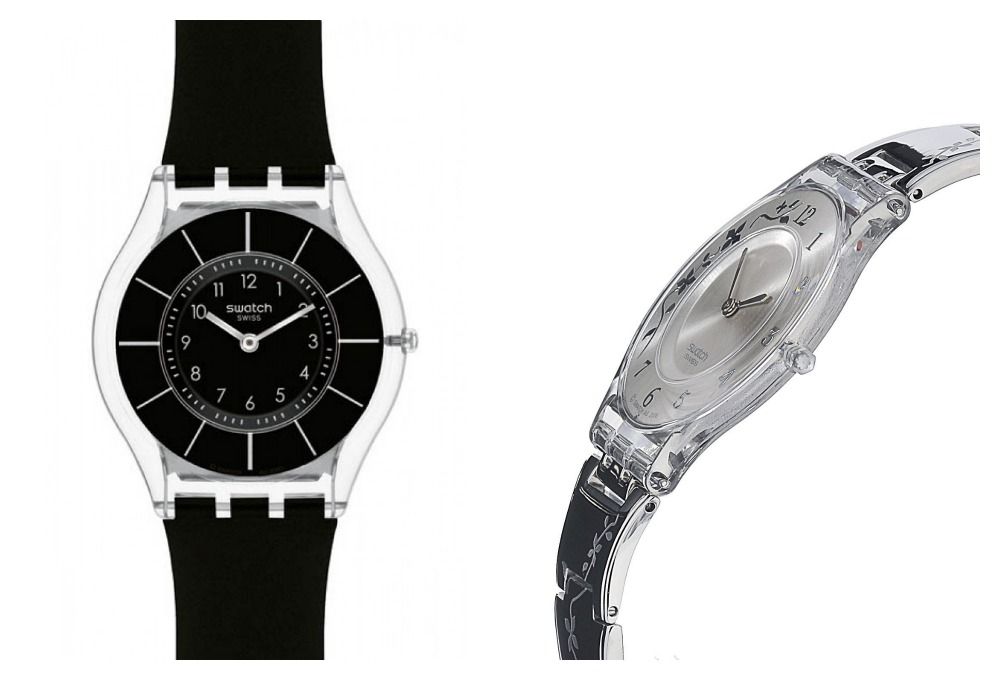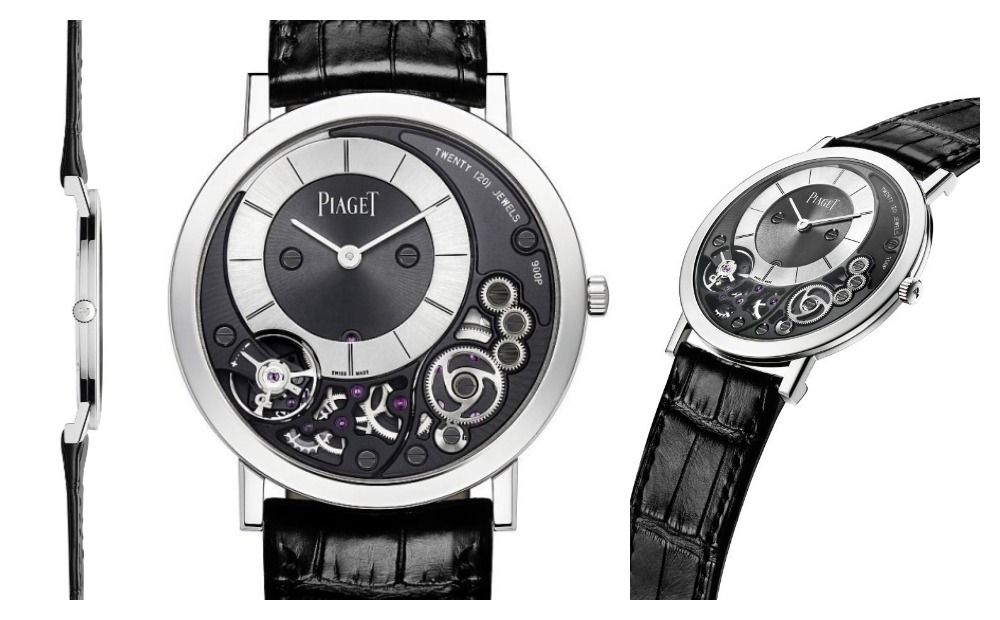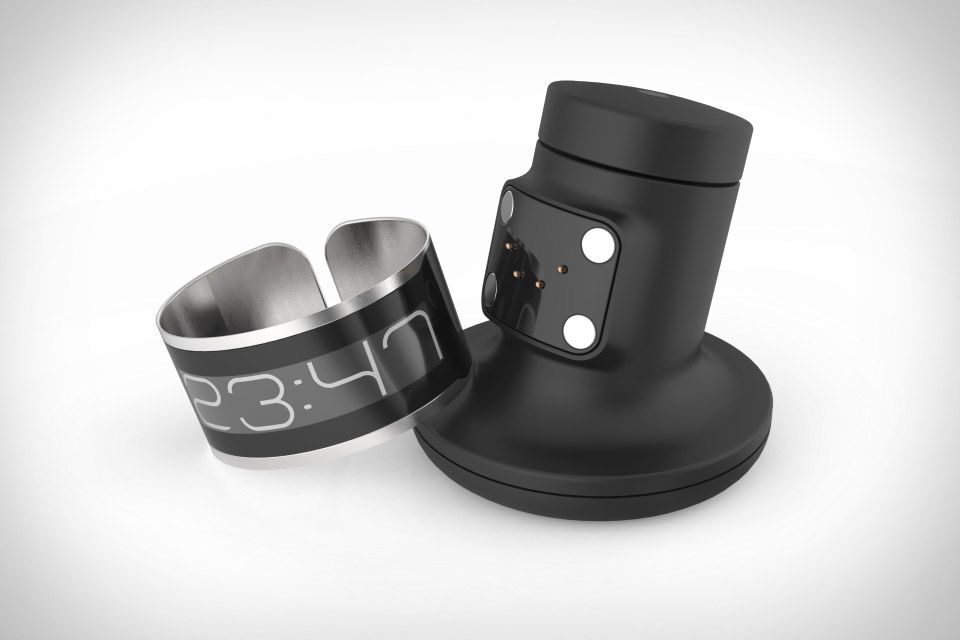First up we had Vacheron Constantin, producing the Historique Ultra Fine 1955 back in 2010, the thinnest mechanical watch at the time, at 4.1mm. Then Jaeger-LeCoultre, being the Manufacture that they are, said, "Oh no you didn't" and released the Master Ultra Thin Jubilee at 4.05mm in 2013, as part of a collection to celebrate their 180th anniversary. Piaget was having none of it. Master of the ultra thin, holder of a dozen ultra-thin records, scoffs, and tells her sisters straight up, "You're doing it wrong! You can't do ultra-thin without thinking outside the 'case'! Step aside. THIS is how you do Ultra Thin."
 |
| Vacheron Constantin Historique Ultra Fine 1955 |
 |
| Jaeger-LeCoultre Master Ultra Thin Jubilee |
The Piaget Altiplano 38mm 900P
So, instead of going the traditional route of case-glass-hands-dial-movement-case, each adding precious tenths of millimetres to the height, Piaget revolutionised watchmaking by *ahem* taking a page out of Swatch's Skin design book and "combined" all these separate components into one amazing anorexic mash-up. Swatch did this with their "skin" range, which is essentially a one-piece construction. But it's all too easy making ultra-thin quartz watches isn't it? (Swatch's Skin watches measures 3.9mm thin for those of you playing at home)
 |
| Swatch Skin |
 |
| Piaget Altiplano 38mm 900P |
Unlike the competition, Piaget didn't feel the need to emphasise thinness in the naming of the watch. I guess it's just expected that the watch will be ultra thin, which is what the whole range of the Altiplano watches are. In an era when skyscraper architects are adding taller useless decorative bits in order to boost the total height of the building, it is very refreshing to see designers shaving millimetres (and still having the whole thing actually working) in a quest for the ultimate thinness.
There is one concern however. Given how thin it is, and that the case back acts as the base plate of the movement, it remains to be seen how structurally sound the watch is, especially in white gold, and whether it'll be a fragile watch...
Long live sibling rivalry!
**Just in case you're wondering, the world's thinnest watch is the CST-01, a 0.80mm thin flexible wristwatch with an E Ink display housed in a single piece of stainless steel.
 |
| CST-01 |
1 comment:
The 900P is a great one. Any way I think the PIAGET ALTIPLANO 38MM 900D is also a great one too. http://www.cityandluxury.com/piaget-altiplano-38mm-900d/
Post a Comment